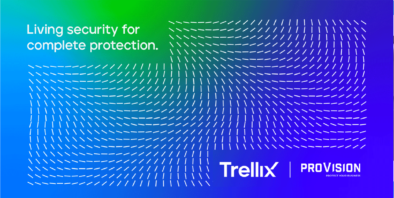Solicită ofertă

Politici de prevenire a pierderilor de date
Conform Gartner, prevenirea pierderilor de date (DLP) poate fi definită ca fiind o tehnologie care efectuează atât verificarea conținutului, cât și analiza de context a datelor trimise prin intermediul aplicațiilor de mesagerie, cum ar fi e-mailul și mesageria instantanee, care sunt în mișcare în rețea, care sunt utilizate pe un dispozitiv endpoint și care se află în regim de repaus pe serverele de fișiere locale sau în aplicațiile cloud și în mediile de stocare în cloud. Aceste soluții execută răspunsuri pe baza politicii și a regulilor predefinite pentru a aborda riscul scurgerilor sau expunerea involuntară sau accidentală a datelor sensibile în afara canalelor autorizate.
Tehnologiile DLP se împart în general în două categorii – DLP pentru întreprinderi și DLP integrat. În timp ce soluțiile DLP de întreprindere sunt cuprinzătoare și sunt incluse în software de agent pentru desktopuri și servere, dispozitive fizice și virtuale pentru monitorizarea rețelelor și a traficului de e-mail sau dispozitive soft pentru descoperirea datelor, DLP integrată se limitează la gateway-uri web securizate (SWG), gateway-uri de e-mail securizate (SEG), produse de criptare a e-mailurilor, platforme de gestionare a conținutului întreprinderii (ECM), instrumente de clasificare a datelor, instrumente de detectare a datelor și brokeri de securitate a accesului în cloud (CASB).
Aflați despre cele mai bune practici DLP pentru a vă asigura că organizația dvs. îndeplinește cerințele de conformitate interne și externe
Amenințare din interior. Angajații nemulțumiți folosesc în mod abuziv căile autorizate pentru a accesa date și transferă informații comerciale sensibile în afara organizației.
Spargere din exterior. Factori externi de amenințare care compromit sistemele pentru a obține accesul neautorizat la informații sensibile.
Expunerea neintenționată a datelor. Pierderea de informații confidențiale pentru public, de obicei prin canalele media sau de socializare. Acest lucru se poate întâmpla, de asemenea, și din cauza angajaților, din neglijență.
Înțelegerea diferențelor dintre analiza conținutului și analiza contextului este esențială pentru a înțelege orice soluție de DLP în întregime. O modalitate utilă de a ne gândi la această diferență este de a considera că, dacă conținutul este o scrisoare, atunci contextul este plicul. În timp ce analiza conținutului implică identificarea plicului și analiza conținutului, contextul include o serie de indicatori externi, cum ar fi antetul, dimensiunea, formatul etc., adică tot ceea ce nu include conținutul scrisorii. Ideea din spatele analizei conținutului este că, deși dorim să folosim contextul pentru a obține mai multe informații despre conținut, nu dorim să ne limităm la un singur context.
Odată ce „plicul” este deschis și conținutul este procesat, există mai multe tehnici de analiză a conținutului care pot fi utilizate pentru a detecta încălcări ale politicii, inclusiv: